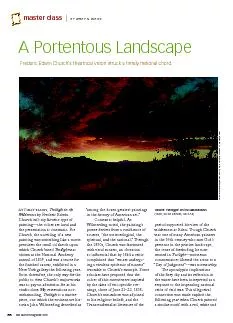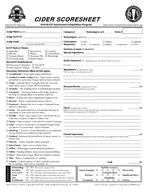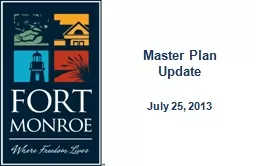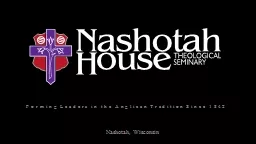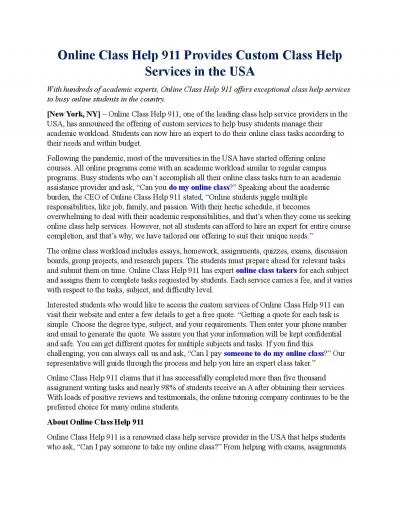PDF-master class
Author : stefany-barnette | Published Date : 2015-09-28
88 BY JERRY N WEISS AT FIRST BLUSH Twilight in the Wildernes s by Frederic Edwin Church isn146t my favorite type of painting151the colors are lurid and the presentation
Presentation Embed Code
Download Presentation
Download Presentation The PPT/PDF document "master class" is the property of its rightful owner. Permission is granted to download and print the materials on this website for personal, non-commercial use only, and to display it on your personal computer provided you do not modify the materials and that you retain all copyright notices contained in the materials. By downloading content from our website, you accept the terms of this agreement.
master class: Transcript
Download Rules Of Document
"master class"The content belongs to its owner. You may download and print it for personal use, without modification, and keep all copyright notices. By downloading, you agree to these terms.
Related Documents

